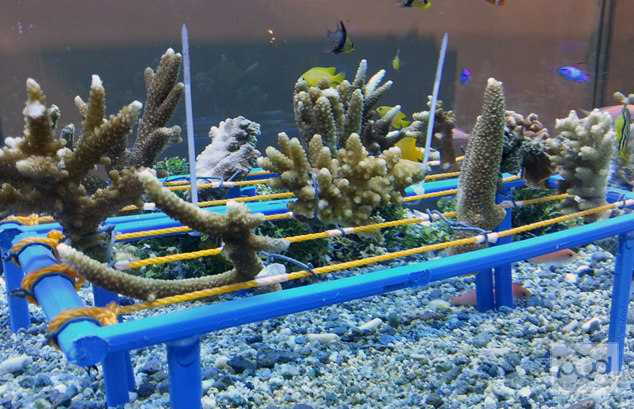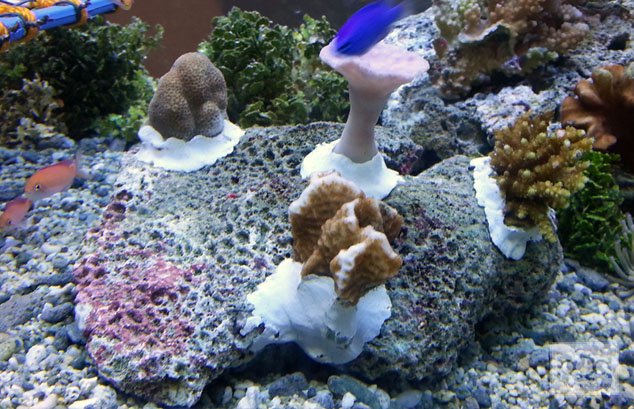By Alexander Villafania
CEBU – The Japanese film “Sunshine Ahead” tells the story of a real-life eco-warrior who devoted his life to reviving the seas of his hometown of Okinawa by coral transplantation.
It is a difficult and time-consuming endeavor that has resulted in the coral transplantation technology developed by Koji Kinjo becoming a widely-used technology.
Now, a team of scientists from the Philippine Council for Agriculture, Aquatic and Natural Resources Research and Development (PCAARRD) and the University of San Carlos (USC) are embarking on a similar project of reviving the coral reef systems in some of the country’s protected aquatic areas.
The coral reef transplantation is a system wherein live corals are propagated in an aquatic nursery and are replanted when they grow to a specific size.
It is largely used for reef restoration especially in areas that have been heavily damaged by natural destruction (by solar “bleaching” or predation), commercial fishing, and pollution.
In the case of the PCAARRD-USC project, the scientists cut a small piece of live coral in a target location, which are taken to a nearby nursery, which is still under water. The nursery looks like a lowered clothesline where the collected corals are hung until they grow to a certain size.
Within three or four weeks, the growing coral are brought back closer to their “parent” coral. This is done by literally sticking the growing coral onto existing dead coral fragments using water-safe epoxy or by plugging them on holes.
Joey Gatus, one of the USC’s lead “restorers”, said that the process of transplantation is less invasive and less stressful for the coral. The corals must also be planted in areas that are safe from predation and destruction.
The coral reef transplantation project was started by PCAARRD and USC in May 2012 and was deployed in at least 12 protected and fishing areas such as the seas of Baler in Aurora, Subic in Bataan, Anilao in Batangas, Panglao Island in Bohol, Boracay, and Tawi-Tawi, among others.
Since the project started, 240,000 fragments from six species of local corals have been successfully bred and transplanted.
Gatus said reef transplantation should help revive the ecology of reef systems in the Philippines, adding that a healthy reef system also enables the propagation of fish species.
“There’s a lot of potential in this type of project especially since we’re trying to recover our reef systems,” Gatus said.




